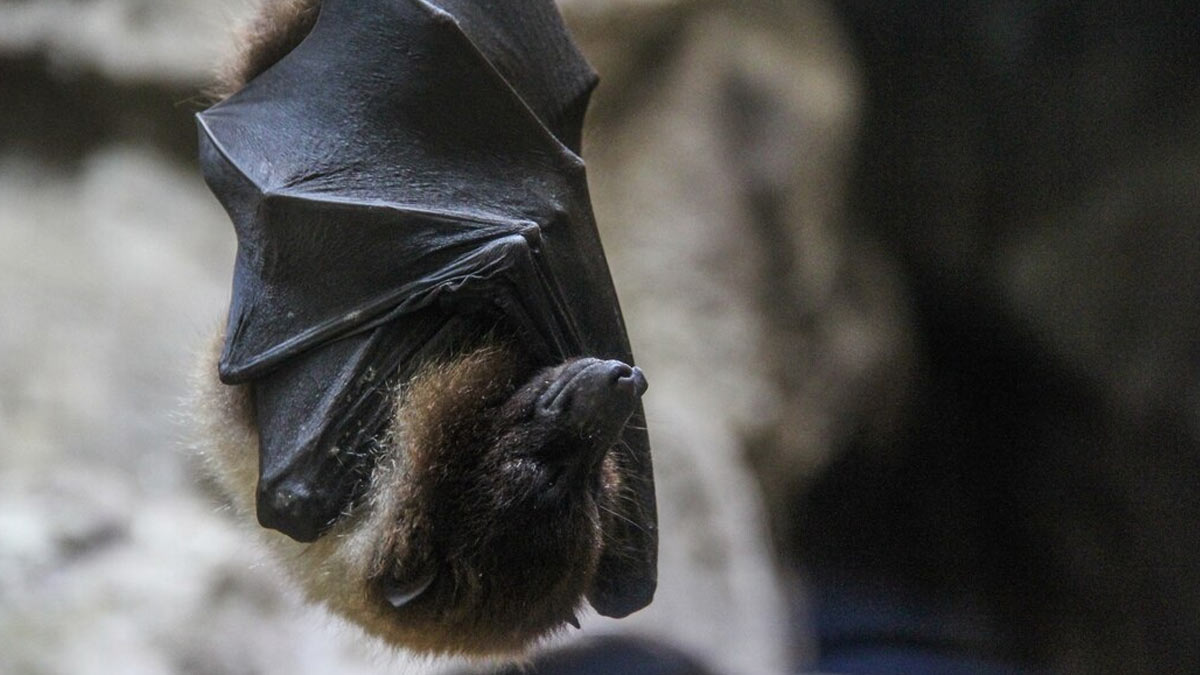
As a new variant of Covid-19 takes hold in India, the Union health ministry has intensified its efforts in combating zoonotic diseases—ailments transmitted from animals to humans, according to the NCBI. This move comes in response to recent outbreaks of diseases like Nipah and Zika viruses. A staggering 75% of newly emerged infectious diseases over the past three decades have been identified as zoonotic, prompting the health ministry to address this critical issue.
Table of Content:-
Common Zoonotic Diseases in India
Zoonotic diseases prevalent in India include rabies, anthrax, brucellosis, plague, bovine tuberculosis, leptospirosis, and salmonellosis. Recognizing the gravity of the situation, the National Centre for Disease Control (NCDC) emphasizes the need for enhanced surveillance at the human-wildlife interface.

National One Health Mission: A Holistic Approach
In 2022, the government launched the National One Health Mission, a comprehensive, cross-ministerial effort aimed at reviewing and addressing zoonotic diseases. The health ministry is actively implementing various national programs through the NCDC, covering a wide range of initiatives such as the National Rabies Control Programs and the Program for Prevention and Control of Leptospirosis.
Also Read: Be Careful! Your Pet Might Make You Sick. Know How Zoonotic Diseases Spread And Its Prevention
Zoonotic Diseases and Antimicrobial Resistance (AMR)
Beyond zoonotic diseases, the NCDC has raised concerns about antimicrobial resistance (AMR), a phenomenon where microorganisms develop resistance to drugs designed to combat them. Zoonotic pathogens, including bacteria, viruses, and parasites, can spread to humans through direct contact, food, water, or the environment.
Understanding Zoonotic Diseases
More than 60% of human pathogens have zoonotic origins, encompassing bacteria, viruses, fungi, protozoa, parasites, and other pathogens. Various factors like climate change, urbanization, animal migration, and trade contribute to the emergence and re-emergence of these diseases.
Germs Spread Between Animals and Humans
Understanding how germs spread is crucial. Zoonotic diseases can be transmitted through direct contact, indirect contact, vector-borne transmission (e.g., tick bites), foodborne transmission, and waterborne transmission.
Higher Risk Groups
Certain individuals are at a higher risk of severe illness from zoonotic diseases, including children under 5, adults over 65, people with weakened immune systems, and pregnant women.
Protecting Yourself and Your Family
- Keep Hands Clean: Wash hands thoroughly after being around animals, even if no direct contact occurred. Use soap and water or an alcohol-based sanitizer with at least 60% alcohol.
- Prevent Bites: Avoid bites and scratches from animals, mosquitoes, ticks, and fleas. This reduces the risk of transmitting zoonotic diseases.
- Food Safety: Practice safe food handling to prevent foodborne zoonotic infections. Ensure that food is properly cooked and avoid consuming raw or undercooked products.
- Awareness: Stay informed about zoonotic diseases, especially when in places with animals, such as petting zoos, schools, or during travel. Being aware helps in taking necessary precautions.
Bottomline
In the midst of the ongoing Covid-19 surge, the Union health ministry's intensified focus on zoonotic diseases is a crucial step toward safeguarding public health. By understanding common zoonotic diseases, government initiatives, and adopting preventive measures, individuals can contribute to breaking the chain of transmission. In a world where humans and animals coexist closely, staying informed and implementing simple precautions can make a significant difference in preventing the spread of zoonotic diseases.
Also watch this video
Read Next
COVID-19 Can Damage Your Gut Health: Here Are Some Practical Tips To Protect Your Digestive System
How we keep this article up to date:
We work with experts and keep a close eye on the latest in health and wellness. Whenever there is a new research or helpful information, we update our articles with accurate and useful advice.
Current Version